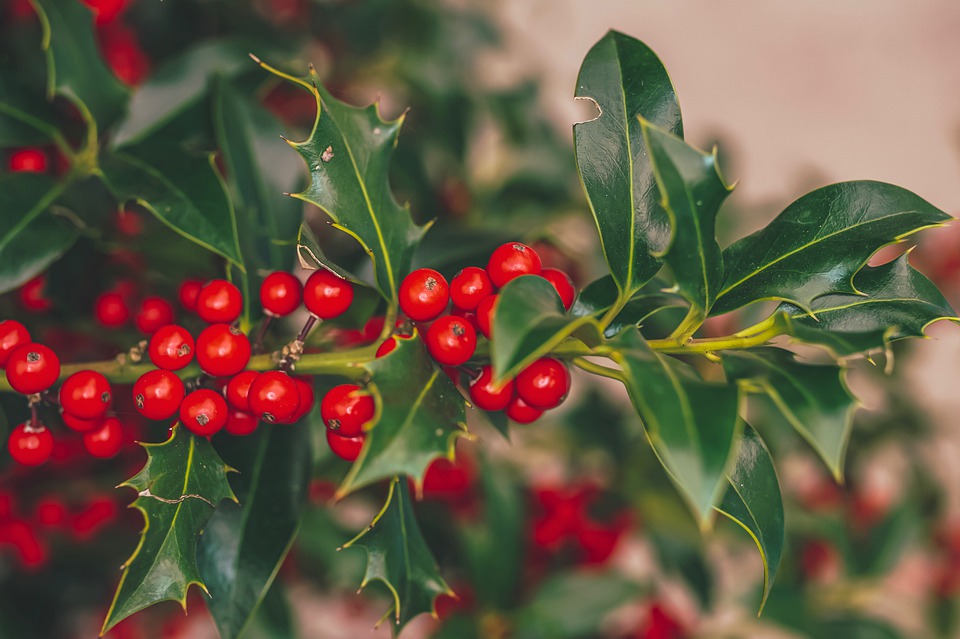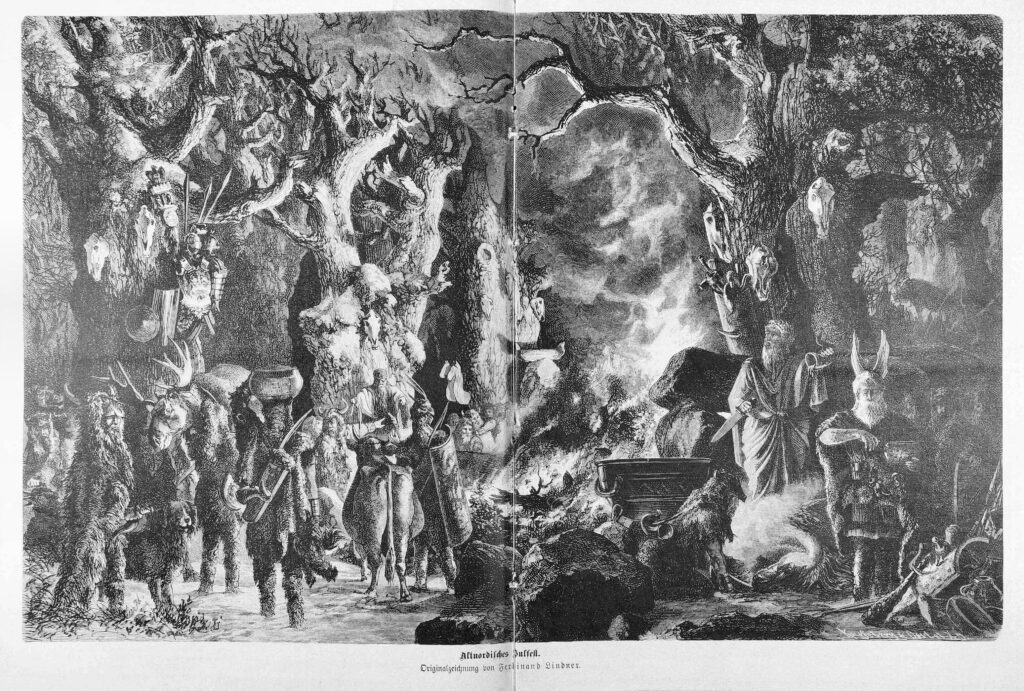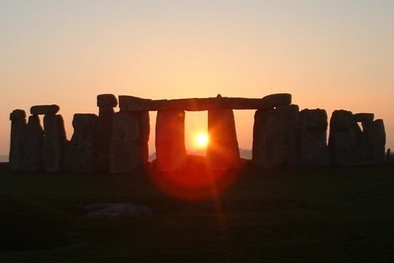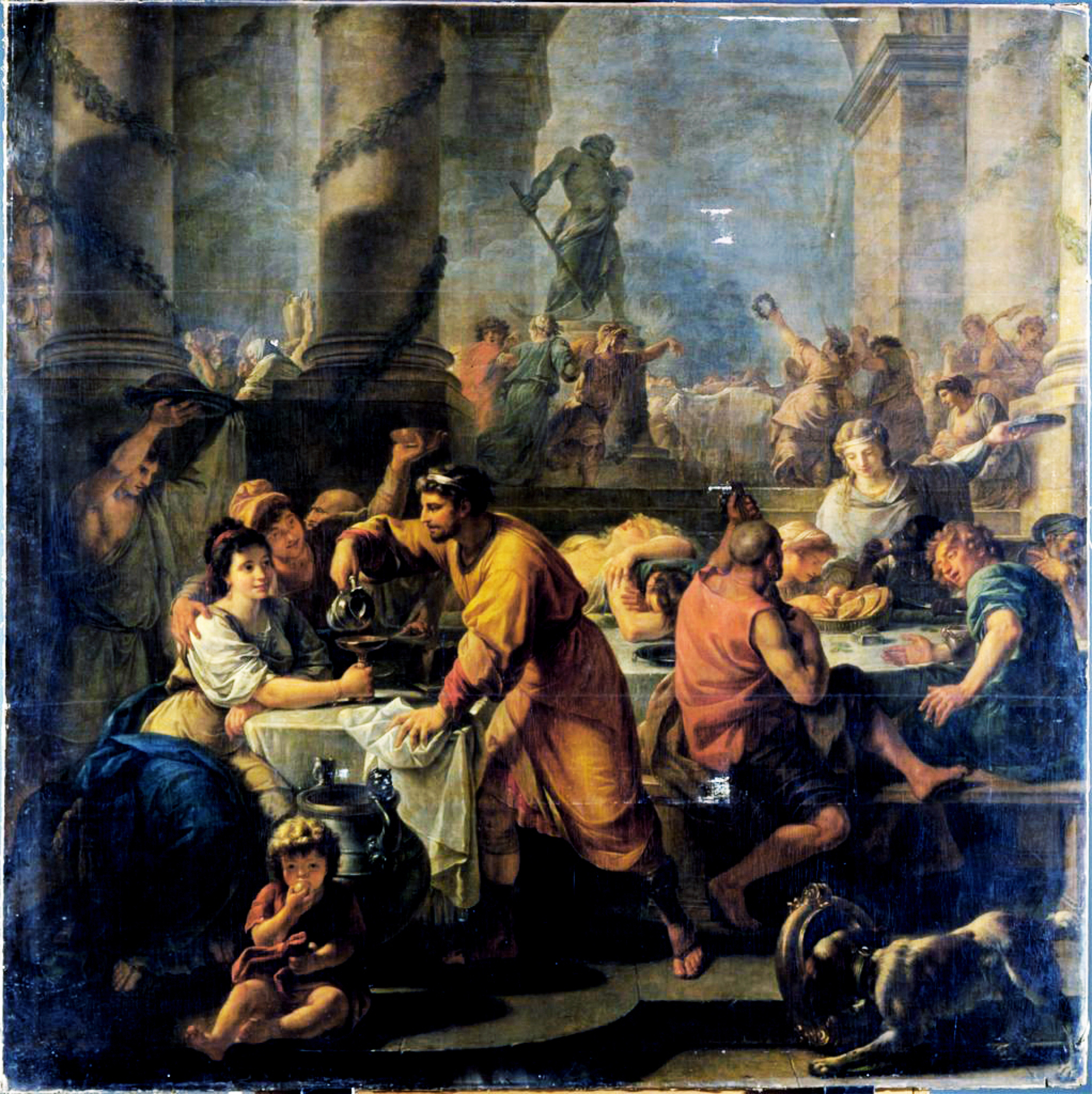
Yule Dates: December 21st – January 1st
Practices: Bonfires, Yule Trees/Logs, Burning candles
Herbs and Plants: Evergreens, Holly, Mistletoe, Yew, Ivy, Frankincense
Colors: Green, Red, Gold, Silver
History of Yule
There are many theories on the origin of the term Yule, ranging from Old Norse and Proto-Germanic to Old English. Records indicate that it was celebrated from modern-day December to January.
The ancient world was deeply entrenched in the rhythms of nature. Central to these rhythms was the agricultural cycle. As the calendar revolved around the seasons and their bounty, Yule held special significance. Not only did it mark the shortest day and the longest night (the winter solstice), but Yule also signaled the promise of the sun’s return. This was a beacon of hope for ancient agricultural societies, hinting at the coming thaw of spring and the onset of another planting season. This period was not one of active farming but a time of preparation, such as mending tools, planning the sowing, rationing food stores, and tending to livestock.
Yule has roots in many European traditions, making it difficult to determine which traditions stem from what specific regions. Germanic peoples made sacrifices and burned Yule logs. Druids venerated Evergreens as a symbol of life triumphing over death. Romans held a festival called Saturnalia in which they made sacrifices to the God of Saturn in the name of a coming golden age.
While local traditions varied, the theme of rebirth was always a focus of the festivities.

As Christianity spread throughout Europe, many traditions and practices associated with Yule began to intermingle with Christian celebrations. The winter solstice’s theme of rebirth, which signified the return of the sun, found a parallel in the Christian narrative of the birth of Jesus, symbolizing hope and redemption. The 12 days of Christmas, celebrated from December 25th to January 5th, might have been influenced by Yule but also have distinct Christian roots, mainly marking the period between Christ’s birth and the arrival of the Magi.
Yule Traditions

Yule is the festival to celebrate the winter solstice in the Northern Hemisphere. It varies yearly by a day; however, it is generally observed from the end of December to the start of January. This festival marks the darkest day of the year and the rebirth of the sun that occurs afterward.
The Yule Log
The tradition of the Yule log was a large log meant to be burnt in sections throughout the Yule season. The fire itself and the ashes from the fire were believed to convey a protective effect on the home. Tradition dictates that remnants of the Yule log must be preserved and used to kindle the fire for the subsequent year’s log. This practice symbolizes the continuity and the cyclical nature of the seasons. The modern practice of lighting candles inset into a decorative log over the 12 days of Christmas mimics the burning of the Yule log.
The Yule Tree
Druids venerated Evergreens because, unlike deciduous trees, they did not appear to die every season. This perennial vibrancy was perceived as a physical manifestation of divine life. Druidic customs involved decorating live trees, particularly Evergreens, with charms, coins, fruits, nuts, and other symbols reflecting their hopes for the upcoming year. The practice of cutting trees down to bring them inside was introduced later for the purpose of appeasing the beings inside them, such as the fae.
In our modern celebrations, it’s essential to integrate sustainable practices in honor of the Yule traditions. While Yule isn’t the prime season for planting, beginning with an evergreen sapling in a planter and later transplanting it outdoors when weather permits can be a meaningful ritual. Alternatively, adorning live trees outdoors, decorating already downed wood, and high-quality artificial trees can make a significant ecological difference. Such adjustments are essential, considering in 2017 alone, Americans cut down 15,094,678 Christmas trees.
Read more: Mystical Ecology.
Mistletoe
The mistletoe, however, is but rarely found upon the robur; and when found, is gathered with rites replete with religious awe. This is done more particularly on the fifth day of the moon, the day which is the beginning of their months and years, as also of their ages, which, with them, are but thirty years. This day they select because the moon, though not yet in the middle of her course, has already considerable power and influence; and they call her by a name which signifies, in their language, the all-healing. – The Natural History. Pliny the Elder. John Bostock, M.D., F.R.S. H.T. Riley, Esq., B.A. London. Taylor and Francis, Red Lion Court, Fleet Street. 1855.
Phiny claims that the Druids would celebrate the season by sacrificing a white bull and engaging in mistletoe ceremonies. These ceremonies consisted of gathering under trees that mistletoe grew on while Druids cut the vines. Participants would catch the mistletoe as it fell to guarantee fertility. The roots of this tradition likely stem from the Germanic gods Baldur and Frigg. Mistletoe was also hung above doorways by Romans during Saturnalia.
Note: If considering the cultivation or use of mistletoe, exercise caution. Mistletoe is toxic when ingested and can pose a threat to children and pets. Moreover, it’s considered invasive in many regions and can harm ecosystems because of its parasitic nature. Always ensure it’s kept out of reach and handled safely.
Saturnalia

The Roman Saturnalia festival had many different practices, the most noted of which is the very different treatment of enslaved people for the duration of the festival. While accounts vary, it is clear that the enslaved people were, at the very least, allowed to dine with their masters. This shift, more than just a simple role reversal, was a societal mechanism intended to renew communal bonds and dissipate class tensions. Other customs, such as legalized gambling, gift-giving, and guising, reflect the joyous and unrestrained nature of the festival.
While this form of slavery is no longer practiced in our society en masse, there are forms of slavery that our society depends upon to continue to operate in its current state, such as prison labor. We must take time to reflect on this and work to help the less fortunate.
Conclusion
On Samhain, we thanked the Earth for the fall harvests and prepared for the year’s darkest days. During Yule, we celebrate the rebirth of the sun and the days getting longer once again.
Suggested practices may include:
- Planting an Evergreen
- Reflection on the past year
- Burning a Yule Log
- Decorating a Yule Tree
- Celebrating the return of the sun
- Plan a Garden
- Make a wassail
- Hanging mistletoe
- Making a wreath
- Helping the less fortunate
- Playing games of chance
As the cold of winter embraces the land and the nights grow longer, Yule stands as a beacon of hope and renewal. This age-old festival, celebrated by many cultures and civilizations, resonates with this universal theme. As we mark this special time, let Yule’s spirit of revival inspire us all, fostering the belief that no matter the challenges we face, rebirth and growth are forever on the horizon.
Toutā Caillte is entirely funded by our readers. Please consider donating via my Patreon to fund future writing and ecological projects. Thanks!